“Thor’s” mini hammer – How sturdy is it really?
What do you do if the component is too large to be printed in one piece? This is also a question that frequently arises in additive manufacturing. The simple answer: subdivide the design and thus make it "printable" – after all, nothing is too difficult for an engineer!
But does such a connection really hold? After all, it's a weak point with only a few millimeters of material thickness! 🤔
Peter Sorgen wanted to explore this topic using his own methods. Recently, the wooden handle of his sledgehammer broke, so he quickly designed a miniature version of Thor's hammer in SolidWorks and printed it on a Markforged printer with continuous fiberglass reinforcement. To replicate the aforementioned weak point, he decided to make the handle interchangeable—this would allow for a version tailored to each hand size.
Of course, he also wanted to simulate flying, but… well, see for yourself. 😆
Request a DEMO component now!
See for yourself how strong the components are.

Learn more about 3D printing with continuous fibers!
Which continuous filament is suitable for which application? How do I design correctly for filament 3D printing? What do users say about it, and where can I find more information? – You've come to the right place! We've listed several information sources that will help you get the answers you need.




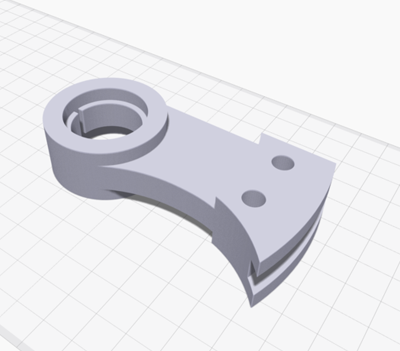
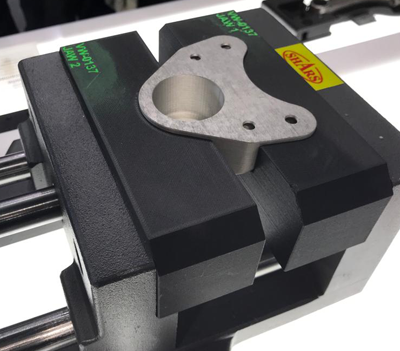
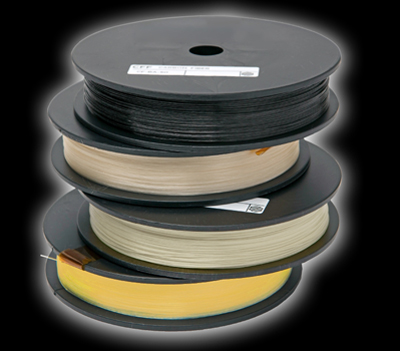
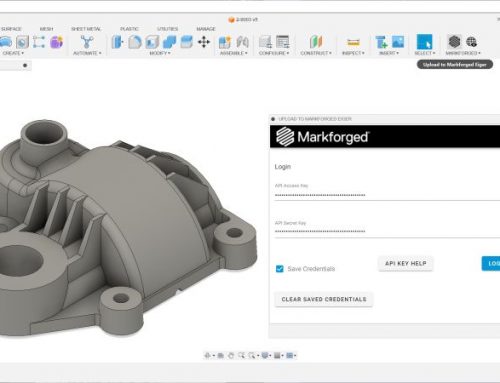

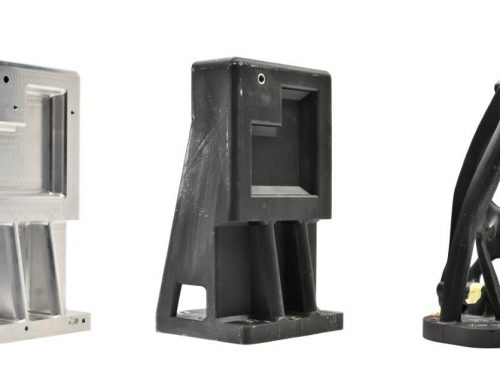
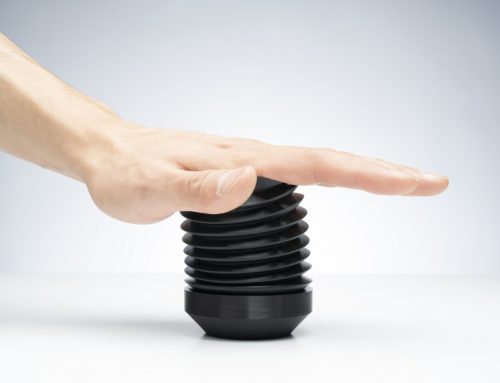
Hinterlasse einen Kommentar